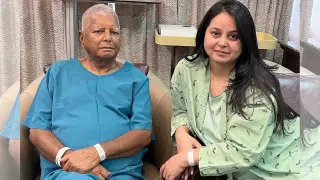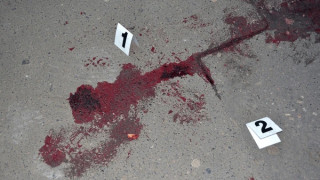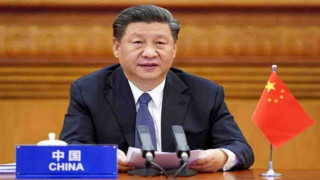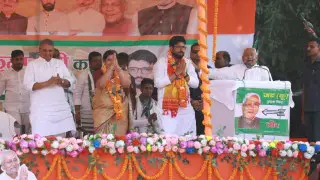
JagganNath Puri Devotee (Social Media)
India News:A major health emergency struck during the 2025 Puri Rath Yatra as more than 600 devotees were hospitalised due to intense heat and severe crowd congestion. Temperatures soared above 35°C, causing widespread dehydration, exhaustion, and panic among pilgrims. Medical teams responded swiftly, deploying ambulances and setting up hydration points along the Grand Road. While most patients were stabilised and discharged, a few remain under critical care. The incident has raised concerns over crowd management and heat preparedness during large-scale religious gatherings, prompting authorities to review safety and medical response protocols.
The grand procession of Lord Jagannath’s Rath Yatra took a troubling turn on June 27 when more than 600 participants were hospitalised. Officials cited heat exhaustion and overcrowding as key causes. The chariot-pulling ritual saw temperatures soar above 35°C, leading to widespread dehydration and fainting. According to the Chief District Medical Officer, most cases were stabilised quickly, though some required ICU support. Several pilgrims collapsed on Grand Road during the main pull of the Taladhwaja, Balabhadra’s chariot.
Medical teams confirmed that the majority of admissions were due to heat-related illnesses. Devotees, many of whom walked barefoot for hours, suffered from low blood pressure, vomiting, and dizziness. Emergency hydration camps struggled to keep up with the footfall. Over 378 doctors, nurses, and paramedics were on duty. The health department had set up 69 first-aid centers along the Yatra route, but demand far exceeded expectations.
A moment of chaos occurred when the chariot halted abruptly near a narrow turn, causing a sudden rush from the crowd behind. Authorities managed to contain the situation quickly, but not before dozens were injured in the scramble. Ambulance access became difficult as roads clogged with panicked devotees. Rapid response teams used human chains and public address systems to guide people to safety zones. The temple administration confirmed no fatalities.
While most patients were discharged after basic care, 12 were admitted to intensive care. One critical case was referred to SCB Medical College in Cuttack for advanced treatment. Health Minister Mukesh Mahaling assured that all arrangements were in place. Temporary ward extensions, including 265 additional beds, were activated at both District Headquarters Hospital and the Infectious Disease Hospital in Puri. Night surveillance was intensified to monitor deteriorating cases.
Following the incident, the Odisha government intensified security and medical surveillance. Over 10,000 police personnel and 74 ambulances were deployed. Crowd control barriers were reconfigured, and AI-enabled CCTV systems helped track movement in congested pockets. Volunteers were stationed at key intersections to slow the inflow of devotees and reduce pressure around chariots. Officials confirmed no major lapses but said protocols would be reviewed.
Authorities issued advisories asking elderly pilgrims, children, and individuals with pre-existing health conditions to avoid peak procession hours. Hydration booths were reinforced with additional supplies, and announcements urged devotees to stay calm, avoid jostling, and use shade shelters. The Rath Yatra, though a spiritual spectacle, has once again raised critical questions about balancing faith, health, and crowd management.
Despite the medical emergency, the Rath Yatra continued with added caution. Devotees resumed pulling the chariots after a two-hour pause. Temple authorities, civic bodies, and the health department remain on high alert. The incident has not dampened spirits but has reinforced the need for better preparedness in large-scale religious gatherings.













Copyright © 2025 Top Indian News
